ESP-HAT-KIT
Contents
Overview
ESP-HAT-KIT is an ESP32-S3 development board designed to be compatible with the Raspberry Pi HAT expansion board. It retains all the features of the ESP32-S3 development board, and at the same time adds an OLED screen to meet the needs of display, and a new TF card slot to support external TF card. It also supports direct power supply from 3.7v lithium battery
Components
- ESP32-S3-WROOM-1: ESP32-S3-WROOM-1 is a powerful, generic Wi-Fi + Bluetooth LE MCU module that has a rich set of peripherals. It provides acceleration for neural network computing and signal processing workloads. ESP32-S3-WROOM-1 comes with a PCB antenna.
- Use Espressif ESP32-S3-WROOM-1-N8 module, with 8MB Falsh
- 5V to 3.3V LDO: Power regulator that converts a 5V supply into a 3.3V/500mA output.
- 5V Step Up Regulator:Power regulator that converts a Battery supply into a 5V/1.5A output.
- Battery charge: Built in 500mA lipoly charger with charging status indicator LED
- OLED Display: 0.91 Inch, 128x32 monochrome OLED uses only the I2C Bus
- TF Slot:a TF/microSD socket that connects to the SPI port pins
- Raspberry Pi GPIO Headers: All available GPIO pins (except for the SPI bus for flash) are broken out to the pin headers on the board for easy interfacing and programming. Support Pi HAT size and pinout
- Pmod2: Pmod™ compatible headers support expand peripheral modules type2 I2C sensor Headers: Two I2C sensor interfaces(3.3V)
- USB-to-UART Port: A typec-USB port used for power supply to the board, for flashing applications to the chip, as well as for communication with the chip via the on-board USB-to-UART bridge.
- Native ESP32-S3 USB Port: ESP32-S3 full-speed USB OTG interface, compliant with the USB 1.1 specification. The interface is used for power supply to the board, for flashing applications to the chip, for communication with the chip using USB 1.1 protocols, as well as for JTAG debugging.
- Boot Button: Download button. Holding down Boot and then pressing Reset initiates Firmware, Download mode for downloading firmware through the serial port.
- Reset Button
- USB-to-UART Bridge: Single USB-to-UART bridge chip provides transfer rates up to 3 Mbps.
Pin Headers
| DAC/DIGI | MOTOR | 2.2/2.4TFT | ESP32-S3 | Raspberry Pi | PIN | PIN | Raspberry Pi | ESP32-S3 | 2.2/2.4TFT | MOTOR | DAC/DIGI |
|---|---|---|---|---|---|---|---|---|---|---|---|
| 3V3 | 3V3 | 1 | 2 | 5V | 5V | ||||||
| SDA | SDA | IO8 | SDA1 | 3 | 4 | 5V | 5V | ||||
| SCL | SCL | IO18 | SCL1 | 5 | 6 | GND | GND | ||||
| SW5/SW5 | IO0 | GPIO4 | 7 | 8 | TXD | IO43/TXD0 | |||||
| GND | GND | 9 | 10 | RXD | IO44/RXD0 | ||||||
| SW6/SW4 | IO1 | GPIO17 | 11 | 12 | GPIO18/PCMCLK | IO17 | BCK | ||||
| BL | IO45 | GPIO27 | 13 | 14 | GND | GND | |||||
| SW3/SW2 | IO35 | GPIO22 | 15 | 16 | GPIO23 | IO21 | SW4/SW3 | ||||
| 3V3 | 3V3 | 17 | 18 | GPIO24 | IO3 | SW2/INT(Touch) | |||||
| MOSI | IO6 | MOSI | 19 | 20 | GND | GND | |||||
| MISO | IO2 | MISO | 21 | 22 | GPIO25 | IO4 | D/C | ||||
| SCLK | IO7 | SCLK | 23 | 24 | CE0 | IO5 | CS | ||||
| GND | GND | 25 | 26 | CE1 | IO38 | CS1(Touch) | |||||
| IO41 | ID_SD | 27 | 28 | ID_SC | IO40 | ||||||
| SW1 | IO36 | GPIO5 | 29 | 30 | GND | GND | |||||
| IO37 | GPIO6 | 31 | 32 | GPIO12/PWM0 | IO39 | ||||||
| IO46 | GPIO13/PWM1 | 33 | 34 | GND | GND | ||||||
| LRCK | IO47 | GPIO19/PCMFS | 35 | 36 | GPIO16 | IO42 | |||||
| IR | IR | IR | IO48 | GPIO26 | 37 | 38 | GPIO20/PCMDI | IO16 | |||
| GND | GND | 39 | 40 | GPIO21/PCMDO | IO15 | DATA |
PMOD-Type2 & SD Card Pins:
| SD&MMC | PMOD2 | ESP32 | S3-I0 |
|---|---|---|---|
| D3/CS | SS | FSPICS0 | I010 |
| CMD/DIN | MOS1 | FSPID | I011 |
| D0/DOUT | MOS0 | FSPIQ | I013 |
| CLK/SCLK | SCK | FSPICLK | I012 |
| INT | FSPIHD | I09 | |
| RST | TXD0 | I043 | |
| I07 | RXD0 | I044 | |
| I08 | FSPIWP | I014 |
SD Card Pins:
| SPI_Fuciton | SD CARD | EPS32_S3 |
|---|---|---|
| MOSI | SD_CMD | IO11 |
| SCK | SD_CLK | IO12 |
| MISO | SD_DATA0 | IO13 |
| SD_DATA1 | ||
| SD_DATA2 | ||
| SS | SD_CD/DATA3 | IO10 |
OLED Pins:
| OLED&I2C | EPS32_S3 |
|---|---|
| SCL | IO40 |
| SDA | IO41 |
Power Supply Options
There are four mutually exclusive ways to provide power to the board:
- USB-to-UART Port and ESP32-S3 USB Port (either one or both), default power supply (recommended)
- 5V and G (GND) pins
- 3V3(3.3V) and G (GND) pins
- 3.7V battery port
Can charge the 3.7v lithium battery (red LED is the charging indicator):
Packing List
- 1 x ESP-HAT-KIT development board
User Manual
You can refer to official development board user guide ESP32-S3-DevKitC-1.
Start Application Development
Before powering up your board, please make sure that it is in good condition with no obvious signs of damage.
Required Hardware
- ESP-HAT-KIT
- USB 2.0 cable (Standard Type-A to Type-C)
- Computer running Windows, Linux, or macOS
Note:
Be sure to use an appropriate USB cable. Some cables are for charging only and do not provide the needed data lines nor work for programming the boards.
Appliation
Module ESP32-S3-WROOM-1-N8 datasheet: https://www.espressif.com.cn/en/support/download/documents/modules
How to use CircuitPython on ESP-HAT-KIT, please refer to here
- Bootloader bin file: File:Tinyuf2-espressif-esp32s3-devkitc-1-0.9.4.zip, unzip, only use the combined.bin file.
- Sample code: File:SDcard.zip
- Sample code: File:OLED-SSD1306.ZIP
- CircuitPython 7.3.0 OS file: File:Adafruit-circuitpython-espressif esp32s3 devkitc 1 n8-en US-7.3.0.zip
- File:Welcome-to-circuitpython.pdf
- Flash tool: https://nabucasa.github.io/esp-web-flasher/
NOTE:
- DON'T forget to turn on the ON/OFF switch
- Please use USB to UART type-c port when you are burning Bootloader.
- Please use ESP32 USB-C port when you download or COPY OS or files
- When you use battery power, please pay attention to the positive and negative poles.
- Circuitpython© Copyright is owned by Adafruit Industries
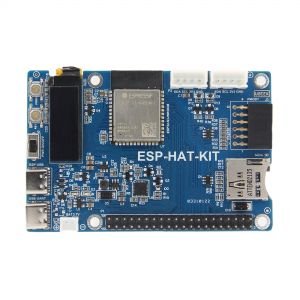
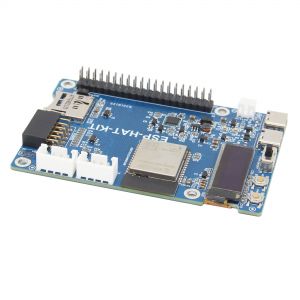
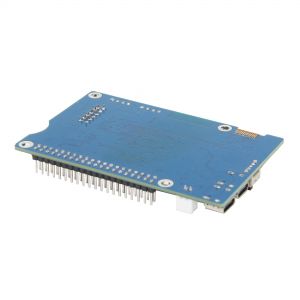

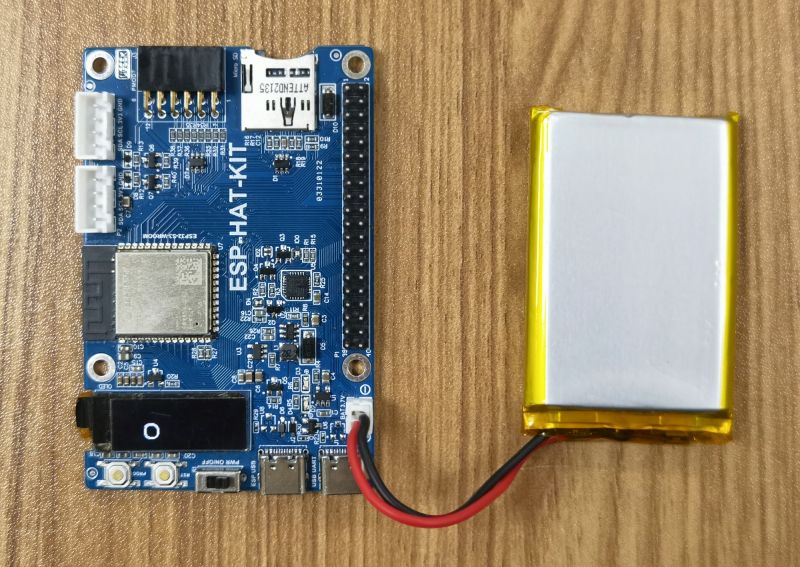
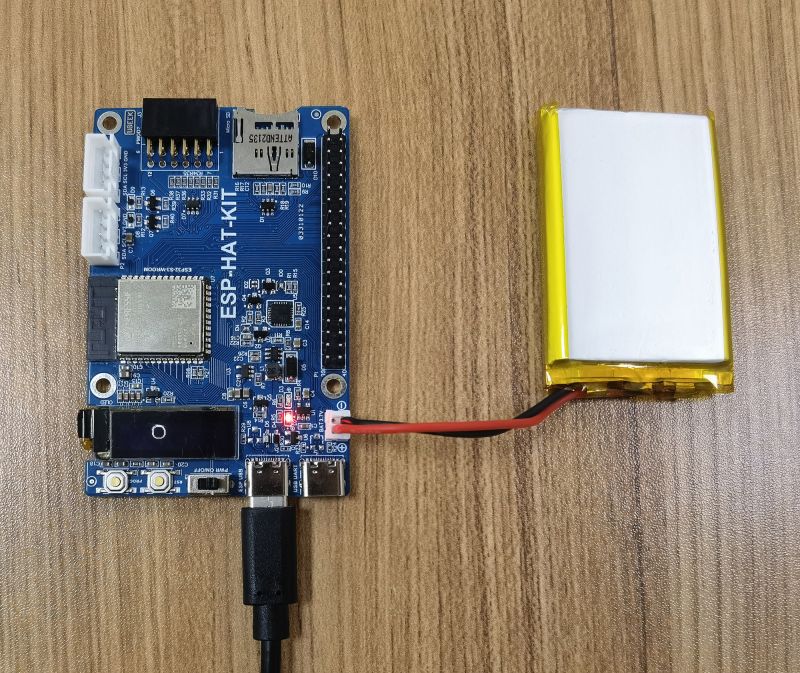
Enable comment auto-refresher
Anonymous user #1
Permalink |